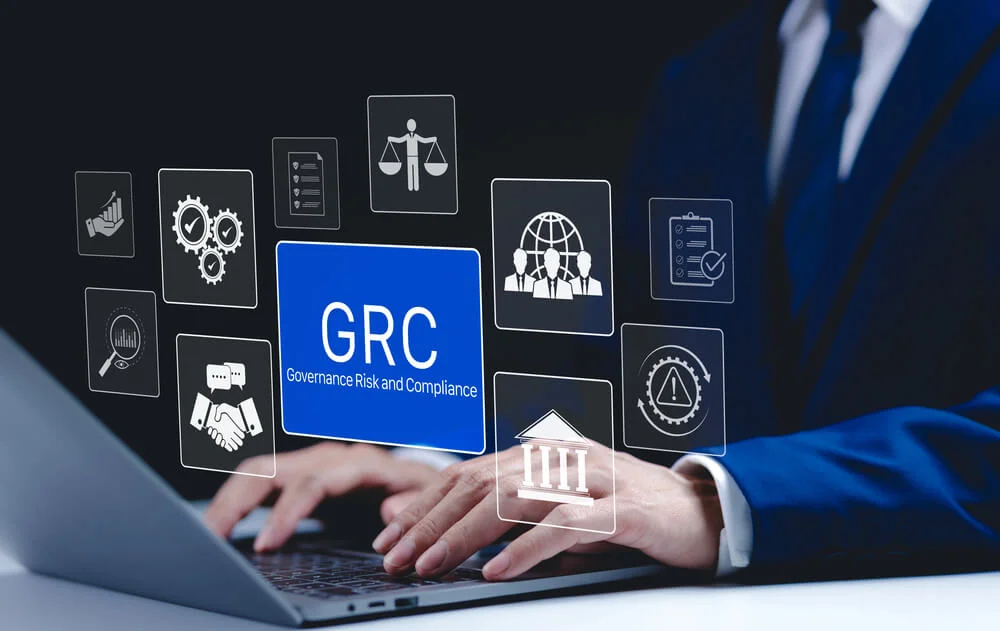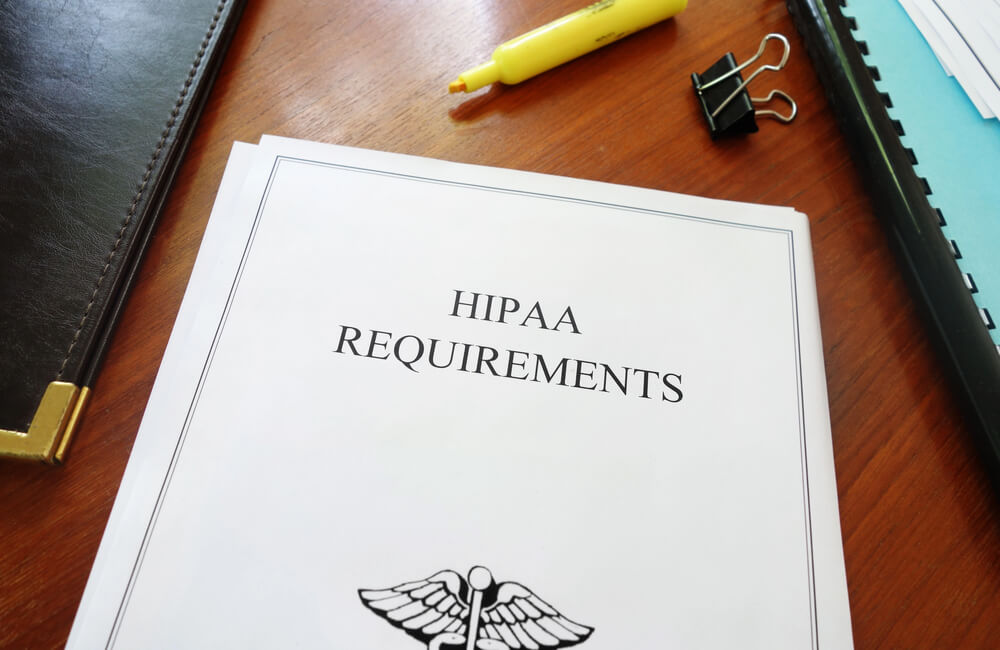GDPR Article 30 Explained: Workflows for Personal Data Compliance
Over the years, information security failures have impacted billions of users around the world. A single data breach in 2019 exposed almost 900 million data records. In this environment, it’s vital for your organization to comply with GDPR Article 30.

What Is GDPR Article 30?
In general terms, Article 30 of the General Data Protection Regulations requires organizations to record all of the ways they process personal data. The related document is called a record of processing activities. Some businesses use spreadsheet templates, and others use secure workflow automation platforms to generate RoPA reports automatically.
Free Security Assessment Today
What Does GDRP Article 30 Mean for Your Business?
This section of the GDPR has several purposes:
- To create an audit trail for tracking GDPR compliance
- To promote transparency around data processing
- To give customers and data subjects more control over their personal data
- To help your business identify security vulnerabilities effectively
Compliance with Article 30 requires time, effort, data management tools and good planning, but the results are positive.
Important Terms
To understand the scope of Article 30 of the GDPR, you need to know the meaning of key terms.
Personal Data
Under GDPR guidelines, personal data refers to information that can identify a living person either directly or indirectly:
- Name
- Street address or personal email address
- IP address or other location tracking data
- ID card number
- Mobile device advertising ID
Even small pieces of data can reveal a person’s identity when combined with other information, such as certain cookies.
Data Processing
Processing covers any interaction with personal data. Collecting, storing, analyzing, using and combining data are types of processing.
Controller
A controller is a person or organization that makes decisions about the use of personal data. Controllers are also responsible for managing compliance. Many online businesses are controllers, including retailers and lenders.
Processor
A processor is a third-party individual or business that works with personal data on behalf of another organization. Processors don’t make decisions about data handling; they follow instructions from the controller instead.
Required Information
Good organization is necessary to comply with GDPR Article 30 information processing requirements.
Controller Document Requirements
Controllers must document many details for each category of personal data processing, such as:
- Organizational details: Your company’s name and contact information, as well as information for joint controllers or EU representatives
- Processing purposes: The reasons you need to use personal data, such as marketing, customer relationship management or HR
- Category of individuals: The type of people you gather or use personal data from, such as customers or employees
- Type of personal data: Every category of personal data you process, such as financial details, names, location data and payment processing methods
- Data recipients: Any third-party recipients of personal data, including credit management agencies, advertisers and accounting firms
- Data security measures: Overview of safeguards in place for personal data, such as two-factor authentication or secure workflow applications
- Data storage policies: The length of time that your business stores personal data
The GDPR requires controllers to list any countries or international businesses that receive personal data outside of the EU. For example, a United States-based business has to disclose if it transfers personal data from EU customers to North America.
Processor Document Requirements
Data processors have fewer GDPR requirements, but they must still document the following information:
- Your organization’s (and data protection officer’s) name and contact details
- Details of the controllers you do business with (names and contact information)
- The data processing services you provide (such as payroll distribution)
- Names of businesses, countries or organizations outside of the U.K. that receive personal data during processing
- List of security measures in place for data protection (such as encryption or secure workflow platforms)
You also need to document any third-party subprocessors or intermediaries, such as an EU-based representative.
G2 Spring 2024 Reports are out, and our users love Compyl!
How Can You Comply Effectively With GDPR Article 30?
To ensure your organization’s compliance with Article 30, create a clear map of:
- What protected information you will need to handle
- Who you will collect personal data from
- How you will process the data
- When you will dispose of the information
- Which departments or employees will need access to the data
Even though Article 30 appears further down in the GDPR, it should be one of the first sections you implement when charting your company’s personal data processing activities.
Minimize Data Processing
Keeping the flow of personal data as streamlined as possible minimizes vulnerabilities. Limit compliance requirements to as few personnel and access points as possible.
Automate Information Sharing
Use an automated workflow management and data security compliance platform for Article 30 GDPR requirements. Compyl allows you to design customized document flows, ensuring that only authorized personnel have access to necessary personal data.
Human error is responsible for many security breaches, which is one reason automation is so desirable for GDPR compliance. Data protection officers have access to a trustworthy audit trail, and they can also see in real-time which users access protected information.

What Are the Benefits of GDPR Article 30 Compliance?
Article 30 compliance provides benefits for your company’s operations. Being able to see your current privacy practices at a glance makes it easier to upgrade your systems and streamline the way you handle private data. A simpler workflow can reduce the time your employees invest in paperwork.
Free Security Assessment Today
Why Use Compyl for GDPR Article 30 Compliance?
Compyl is an all-in-one solution for information security and GDPR compliance automation. With over 1,000 data monitoring controls, helpful frameworks and more than 50 native integrations, Compyl reduces the cost and complexity of building a customized platform for your organization’s GDPR Article 30 responsibilities. Learn more about secure workflow automation right away.




